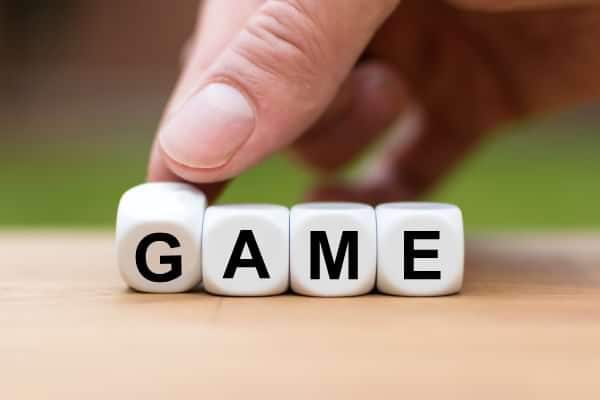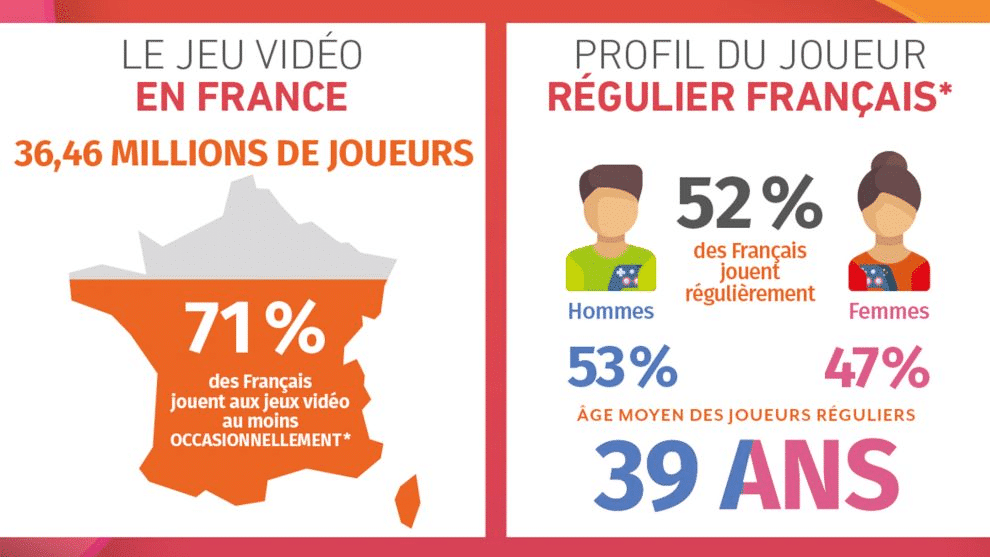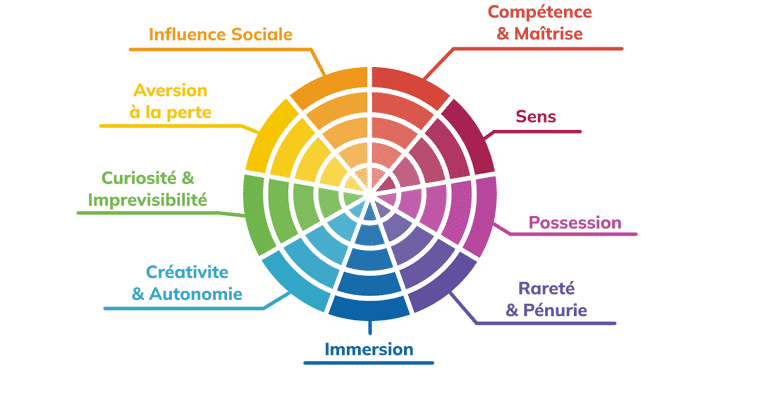A miracle solution for engaging learners or just a fad? Gamification is the talk of the training world. In the midst of sometimes contradictory information, it is difficult to disentangle the true from the false. Alexandre Duarte, consultant, author and trainer in gamification for ORSYS, demystifies gamification and analyses its real impact on training.

It's a well-known global phenomenon: the lack of commitment is being felt more and more in companies, and this is also affecting training. Up to 60 % of company training managers are regularly confronted with a lack of commitment from their employees during training. In fact, one learner in two is said to be bored when following a non-gamified course. The good news is that there is a method. Gamification is the solution of choice for getting learners more involved, drawing on cognitive science, design thinking and the engaging elements of games (challenge, storytelling, collaboration, etc.).
So how can training organisations, trainers and training managers successfully incorporate gamification into their training courses?
Integrating gamification into training: where do you start?
We sometimes hear that gamification is about creating games. In reality, it's much more than that. Gamification is first and foremost about method for generating commitment. It uses playful elements to achieve specific objectives. The first step is to define the objective. For example, to give more rhythm to a training course. Gamification can therefore take many forms, depending on the objective and the problems of engagement encountered. Its success also depends on its design: you need to choose the right gamification mechanisms.
Gamifi'cartes, a card game for gamifying training courses
Created by Fidbak, the Gamifi'cartes offers 90 gamification mechanisms in card game format.

These cards combine a variety of playful mechanisms and bias cognitive skills. They list possible tools that can be used to get participants more involved. The idea is to guide trainers towards the gamification mechanisms best suited to the engagement issues they face.
Gamifi'cartes are also used for training courses in management and in project management.
Gamification in ORSYS training
Some ORSYS training courses also use a variety of gamification techniques. For example :
- Games with a twist
For example: use the Timeline card game as a source of inspiration to create a project management game based on the order of priority of the actions to be implemented.
- A progress bar on the training support
- Icebreakers
For example: use Story Cubes. The participant rolls a dice and introduces themselves with an anecdote that echoes the drawing on the top of the dice. Or use the beautiful illustrations on the Dixit cards to share your energy at the end of the course.
- Random rewards for success (not every time or in different forms) or rewards to prepare for future exercises
For example: unlocking tools, cheat sheets, saving time to finish a practical exercise...
- Tough challenges to test skills
Gamification adapts to all profiles
The most persistent prejudice about gamification is that its use is limited to children. However, according to a recent study by SELL (the French association of leisure software publishers), the average age of regular video game players is 39. And almost 52 % of the population play them at least once a week.
Gamification, which hijacks the codes of video games, is therefore perfectly suited to adult learners.

Customise gamification using the 9 engagement levers
The success of gamification depends to a large extent on personalisation. In other words, you need to prioritise the gamification elements. To do this, Fidbak has defined 9 engagement levers based on the theory of self-determination, flow and certain cognitive biases. These 9 engagement levers represent 9 categories that bring together motivational profiles.


To "engage" learners, we first need to understand their primary motivation, or even their motivations. Indeed, games of role will speak to the most creative when the rankings resonate with the competitors.
To refine this knowledge, Fidbak has designed a online questionnairein collaboration with Julien Saint-Samat, a doctoral student at the University of Montpellier. This tool can be used to determine an engagement profile.
Visual of a profile from the questionnaire

Armed with this knowledge, we can then prioritise the levers of engagement.
In other words: on the one hand, incorporate gamification mechanisms based on the engagement drivers that are most present among participants.
And secondly, to avoid controversial engagement levers. Indeed, if only some of the participants are motivated by the competition, incorporating a ranking into the training runs the risk of disengaging the other participants.
What's more, the more personalised the gamification, the more effective it will be, as it will appeal to learners' sources of motivation.
For example: if participants are sensitive to two different levers, it makes sense to combine them. The combination of the two engagement levers "skill and mastery" and "immersion" is ideal for creating challenges in the form of quests with a narrative element.
How can you go further in gamifying your own training?
You don't need an unlimited budget to design gamification!
It is mainly necessary:
- Observe to understand when training lacks commitment
- Discover some relevant tools (test games that can be adapted, generate ideas with Gamifi'cartes, etc.).
- Test a prototype with learners
- Observe again and gather their feedback
- Adapt (take account of recurring feedback, improve content and graphics if feedback is good)
Examples of games to divert:
Imagine: to help you guess the vocabulary of a specific profession, using superimposable icons. It's so easy to learn!
Escape Cards: software that makes it easy to create escape-game-style games, with cards and an application. Ideal for learners who love immersion.
Of course, adapting the training also involves taking into account the feelings of the learners as well as, depending on the case, the trainer and the training manager. Regular testing allows you to go further and see the bigger picture !


